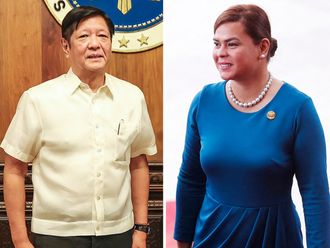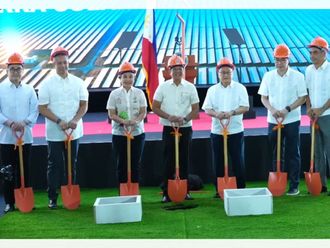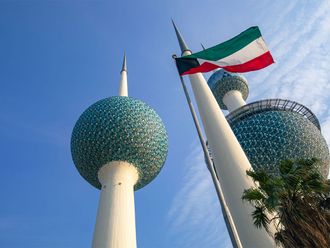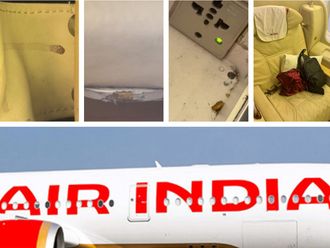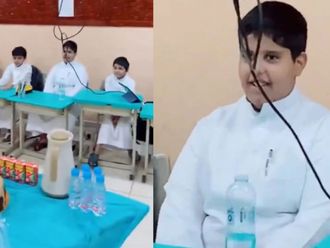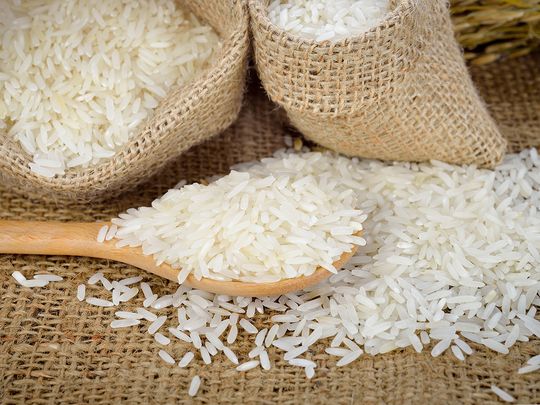
Manila: Rice vouchers allocated in next year’s national budget are set to benefit 28 million Filipinos through monthly rice subsidies.
On Monday, both branches of Philippine Congress approved the funding allocation for rice discount vouchers for the poor under the 5.768-trillion-peso ($103.69 billion) national budget.
In a nutshell, the rice subsidy institutionalises a programme to make good-quality rice more accessible to indigent citizens. Here's what we know so far.
What is it?
The discount voucher system, a state food subsidy, allows the lower economic rung of the population to afford good-quality rice, the country’s staple food.
Congress’ move was in response to President Ferdinand R. Marcos Jr.’s call to slash rice prices for disadvantaged Filipino families.
How much is the amount earmarked for rice subsidy?
It’s not clear at this point. This will only emerge as details of the approved $103 billion General Appropriations Act approved for 2024 are released. Both the Philippine Senate and the House of Representatives have agreed to fund the programme, which makes the subsidy a legal institution.
Approval was made on Monday during the bicameral committee conference budget hearings. The move aligns with President Marcos' push to reduce rice prices, especially for poor Filipinos.
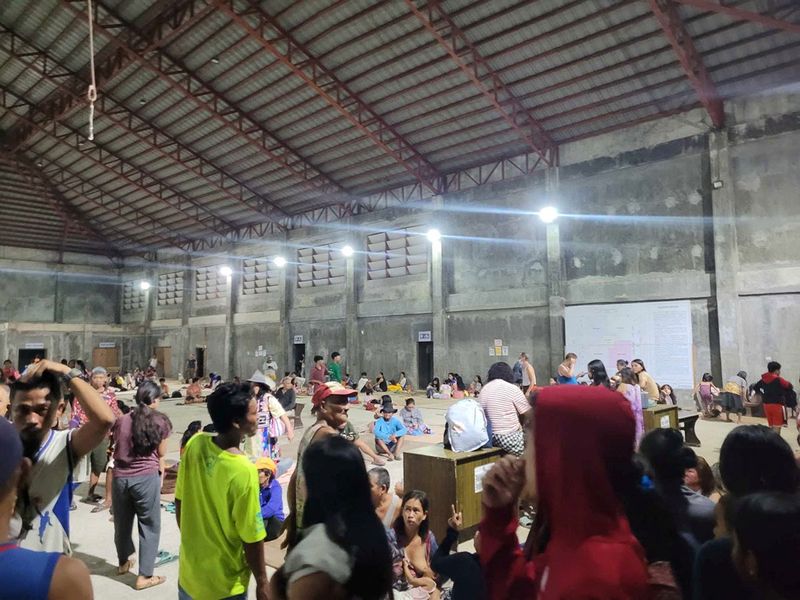
Who are the beneficiaries?
The subsidy programme is designed to benefit 7 million families “across legislative districts". Since a family has an average of four persons, this means the programme could reach around 28 million Filipino citizens (out of the population of 110 million, est. as of 2021).
Speaker Ferdinand Martin Romualdez stressed that the initiative represents a “recalibration” of the Cash and Rice Distribution (CARD) Programme — the budget allocation transforms it into a rice discount voucher programme to ensure sustainability and affordability for more families.
How does the discount voucher work? Who is considered "poor"?
The programme, called Bagong Pilipinas Community Assistance and Rice Discount (BP-CARD) scheme, will provide discount vouchers to low-income families.
The Department of Social Welfare and Development (DSWD) will define the income threshold to be considered “low-income”. August 2022 data of the Philippine Statistics Authority (PSA), shows the proportion of “poor” Filipinos at 18.1 per cent.
This translates to around 19.99 million Filipinos who lived below the poverty threshold of about Php12,030 ($216.5) per month for a family of five (as of 2022).
How many kg of rice is covered at discounted prices?
Every eligible family will be allowed to purchase 25 kilograms of discounted (affordable), high-quality rice per month.
How will it be monitored?
The government stated that modern technology will be used to track and enable a more efficient voucher distribution and validation in order to prevent misuse.
Who came up with this idea?
It was formulated in collaboration with the Department of Social Welfare and Development (DSWD) Secretary Rex Gatchalian and local government units (LGUs), the programme will be put into action — “operationalised” — through the DSWD’s Assistance to Individuals in Crisis Situations (AICS).
When will it happen?
The BP-CARD scheme kicks in from January 2024, as it’s been authorised in next year’s national budget.
What are the rules? Who will implement and track it?
The DSWD will be responsible for formulating rules and regulations regarding the programme. Any additional rules will also come from the DSWD as the key implementing agency.



